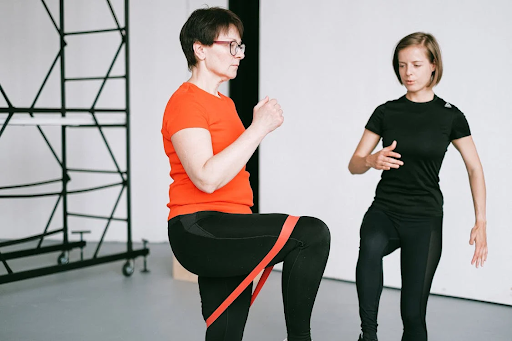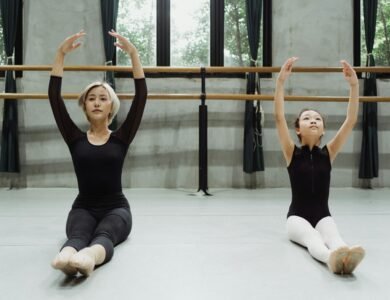Sports Rehabilitation: How Physical Therapy Optimizes Performance and Prevents Injuries

Sports rehabilitation is an integral part of any athlete’s journey, whether they are a professional competing at the highest level or an amateur striving to achieve personal goals. Physical therapy plays a crucial role in optimizing athletic performance and preventing injuries.
By focusing on improving strength, flexibility, and mobility, physical therapists help athletes recover from injuries, enhance their performance, and reduce the risk of future setbacks.
Understanding Sports Rehabilitation
Sports rehabilitation encompasses a range of techniques and exercises tailored to meet the specific needs of athletes. Unlike traditional rehabilitation, which may focus solely on restoring function, sports rehabilitation aims to address the unique demands placed on the body during athletic activities. This multidisciplinary approach often involves collaboration between physical therapists, sports physicians, coaches, and other healthcare professionals.
The Importance of Optimal Performance
Athletes are constantly striving to achieve peak performance in their respective sports. Whether it’s running faster, jumping higher, or improving agility, optimal performance is essential for success. However, pushing the limits of the body can also increase the risk of injury. This is where sports rehabilitation comes into play, helping athletes reach their full potential while minimizing the chances of setbacks.
Injury Prevention Strategies
One of the primary goals of sports rehabilitation is injury prevention. By identifying potential risk factors and addressing them proactively, physical therapists can help athletes avoid common injuries such as sprains, strains, and tears. This may involve implementing strengthening exercises, improving flexibility, and optimizing biomechanics to reduce the strain on vulnerable areas of the body.
Rehabilitation Techniques
Sports rehabilitation utilizes a variety of techniques to promote healing and restore function following an injury. These may include:
1. Manual Therapy
Manual therapy techniques such as massage, joint mobilization, and manipulation are used to alleviate pain, improve range of motion, and enhance tissue flexibility. By addressing musculoskeletal imbalances and restrictions, manual therapy can expedite the healing process and facilitate a faster return to sport.
2. Therapeutic Exercise
Therapeutic exercises are an essential component of sports rehabilitation programs. These exercises are designed to improve strength, stability, and coordination, targeting specific muscle groups and movement patterns relevant to the athlete’s sport. By incorporating functional movements and sport-specific drills, physical therapists can help athletes regain optimal performance and reduce the risk of re-injury.
3. Neuromuscular Retraining
Neuromuscular retraining focuses on improving neuromuscular control and proprioception, which are essential for balance, coordination, and movement efficiency. By incorporating exercises that challenge balance, coordination, and agility, physical therapists can enhance the athlete’s ability to react quickly and effectively to dynamic movements on the field or court.
Case Studies
To illustrate the effectiveness of sports rehabilitation in optimizing performance and preventing injuries, let’s examine a few case studies:
Case Study 1: Runner’s Knee
Sarah, a recreational runner, was experiencing knee pain during her training runs. After a thorough evaluation, her physical therapist identified weaknesses in her hip and core muscles, as well as poor running mechanics. Through a combination of strengthening exercises, gait analysis, and biomechanical corrections, Sarah was able to improve her running form and alleviate her knee pain. With ongoing rehabilitation, she was able to return to running without experiencing further issues.
Case Study 2: Ankle Sprain
Jake, a basketball player, suffered an ankle sprain during a game, putting him on the sidelines for several weeks. With the help of his physical therapist, Jake underwent a comprehensive rehabilitation program focused on restoring ankle stability, strength, and proprioception. Through a combination of manual therapy, therapeutic exercises, and sport-specific training, Jake was able to regain full function of his ankle and return to the court stronger than before.
Conclusion
Sports rehabilitation plays a crucial role in optimizing athletic performance and reducing the risk of injuries. By addressing musculoskeletal imbalances, improving biomechanics, and implementing injury prevention strategies, physical therapists help athletes achieve their full potential and stay in the game for the long haul. Whether you’re a professional athlete or a weekend warrior, investing in sports rehabilitation can make a significant difference in your performance and overall well-being.



